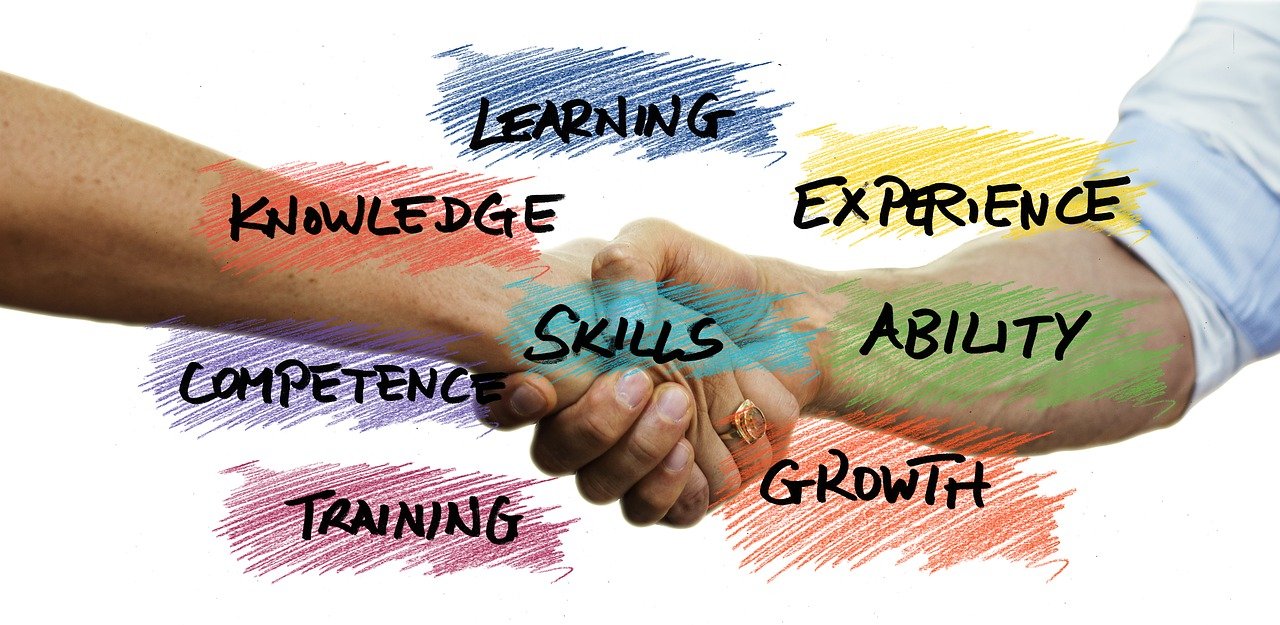How You Will Benefit
The old expression “two heads are better than one” is
certainly true when collaboration runs smoothly—
when everybody gets along, contributes unique
perspectives and skills, and works together to resolve
problems productively. But what about when people
argue, work gets stalled, and contention is prevalent?
Successful collaboration involves far more than just
working side‐by‐side. It’s a process that requires
attitudes, skills, and practices that can be learned and
strengthened—and mastering them will not only
make your job easier, it will help you become more
successful professionally.
A 2003 survey by the Level Playing Field Institute
found that American employers and employees think
that being a team player is the most important factor
in getting ahead in the workplace. They ranked this
factor higher than others including “merit and
performance,” “leadership skills,” “intelligence,” and
“making money for the organization.” By working well
with others to achieve a common goal, you can
become a sought‐after resource and team member,
and maximize your value to your organization.
This program will focus on how to structure and
implement an effective collaboration process so that
working with others will be a productive and
enjoyable experience.
Course Objectives
Successful completion of this course will increase
your ability to:
Understand when collaboration is an effective
and beneficial approach to a project—and when
it isn’t.
Establish and communicate expectations to
group members to ensure a successful
collaboration.
Recognize the inward attitudes and outward
behaviors necessary to collaborate well.
Implement communication strategies that foster
collaboration and avoid those that hinder it.
Build your network to increase your ability to
collaborate.
Identify non‐collaborative behaviors and
implement strategies to cope with them.
Key Topics Covered
This course explores the following subjects in depth:
Why collaboration is often necessary in today’s
business climate, and how it can benefit both
organizations and individual employees.
Deciding who to involve in a specific collaboration,
as well as how to determine the objective, define
roles, and agree on operating norms.
How to develop a collaborative mindset and
demonstrate a willingness to collaborate with
observable actions and behaviors.
How expressing your thoughts carefully and
conscientiously can greatly support
collaboration and build good relationships.
How to strengthen your company network,
display collaborative leadership, and establish
effective communities of practice.
Dealing with six common behaviors that create
obstacles to collaboration.
What the Course Offers
Interactive learning setting
Opportunity to apply the concepts in a risk‐free
environment
Thorough set of materials: Instructor Guide,
Participant Guide, classroom PowerPoint
presentation, and one‐page Learning Summary.






